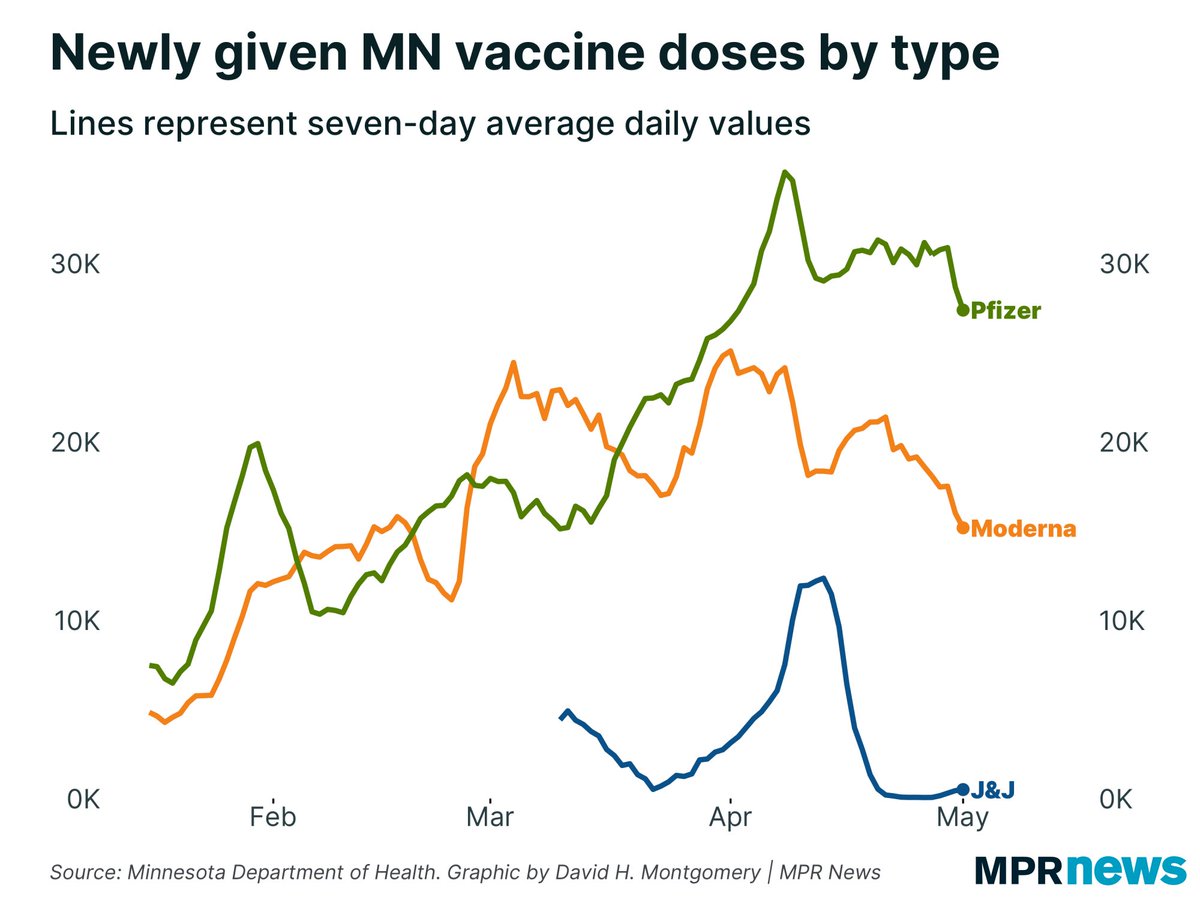
This month I ran a contest for the @MPRpolitics newsletter to identify the best orator in #mnleg. On Friday, I announced the winners, one lawmaker from each party: Sen. @epmurphymn and Sen. @ZachDuckworth: view.connect.mpr.org/?qs=db60725500…
Congrats!
BUT there’s a dash of *scandal*… 1/
Congrats!
BUT there’s a dash of *scandal*… 1/

2/ You might notice that the right graph has a bit of a different shape than the left graph. DFL runner-up @_RyanWinkler got only slightly fewer votes than @epmurphymn, and was just slightly ahead of @CedrickFrazier in turn, and so on.
But @ZachDuckworth lapped @BarbHaleyMN 2:1.
But @ZachDuckworth lapped @BarbHaleyMN 2:1.
3/ So as is my wont, I dove into the data. And it turns out that there’s something very interesting going on: Unlike just about everyone else, @ZachDuckworth (or someone close to him) actually *made an effort to win this contest* by mobilizing supporters to vote strategically.
@ZachDuckworth 4/ This contest used approval voting, where voters could pick as many nominated lawmakers as they wanted. Most votes won.
So I took all the ballot sizes — voter A voted for 3 lawmakers, voter B for 8, etc. — & calculated for each lawmaker the average size of balots listing them
So I took all the ballot sizes — voter A voted for 3 lawmakers, voter B for 8, etc. — & calculated for each lawmaker the average size of balots listing them
@ZachDuckworth 5/ And it turns out that of the 42 people who voted for @ZachDuckworth as best #mnleg orator, *38* of them ONLY voted for Duckworth.
In contrast, @epmurphymn got 39 votes, and only *3* of them just listed Murphy.
Duckworth’s average ballot size was off-the-charts low.
In contrast, @epmurphymn got 39 votes, and only *3* of them just listed Murphy.
Duckworth’s average ballot size was off-the-charts low.

@ZachDuckworth @epmurphymn 6/ My conclusion that this was deliberate and not happenstance is reinforced by looking at the timing for each candidate’s votes. @ZachDuckworth’s votes came in a huge, concentrated block near the end of the contest. 

@ZachDuckworth @epmurphymn 7/ Now, I want to be clear: None of this violated any rules! I didn’t ban or discourage strategic voting. It’s just striking that one, & only one lawmaker intentionally played to win here (and it worked).
Congrats again to @ZachDuckworth & @epmurphymn, the best #mnleg orators!
Congrats again to @ZachDuckworth & @epmurphymn, the best #mnleg orators!
@ZachDuckworth @epmurphymn 8/8 For more of this type of content, subscribe to the @MPRpolitics Capitol View newsletter: mprnews.org/newsletters
• • •
Missing some Tweet in this thread? You can try to
force a refresh







